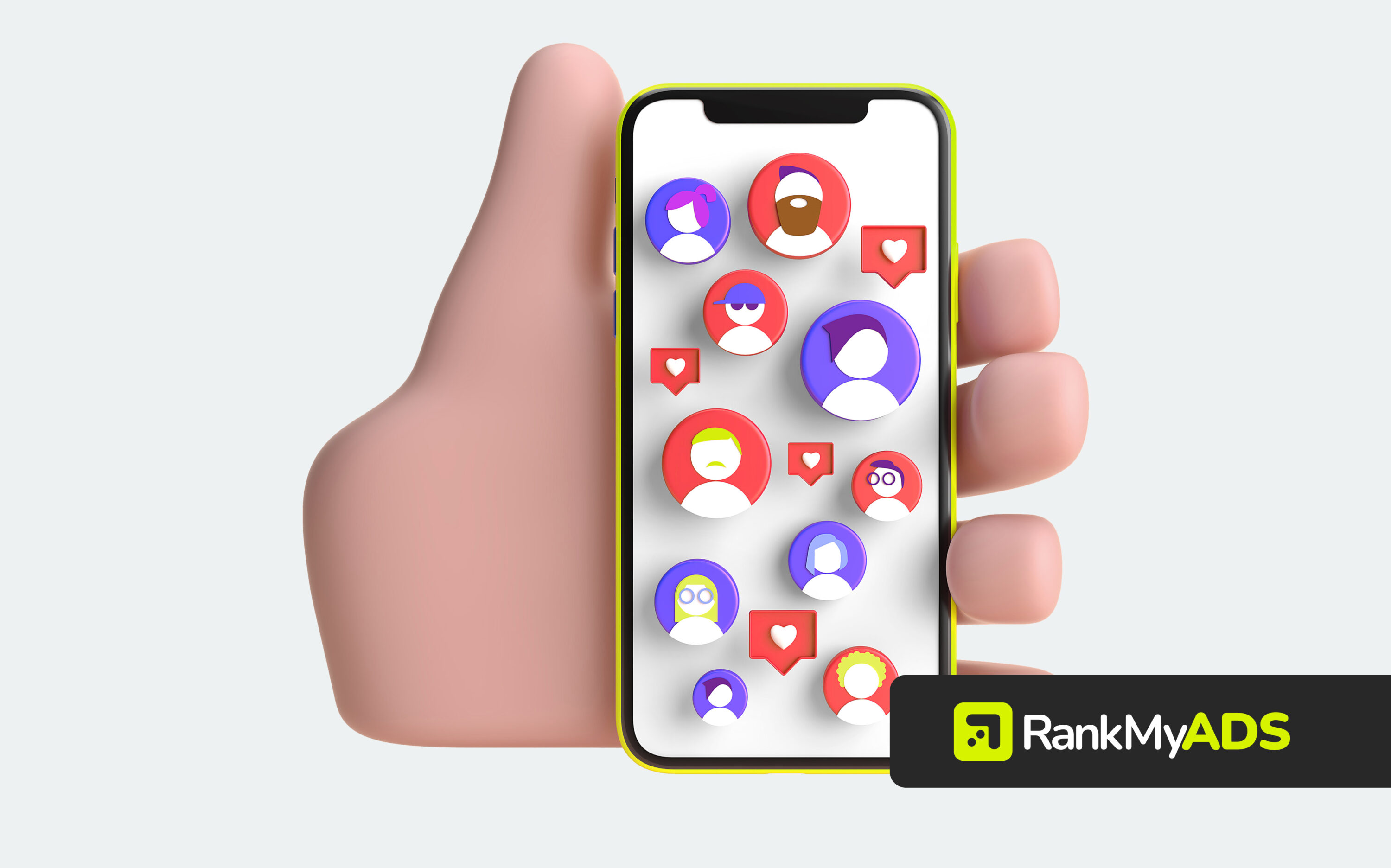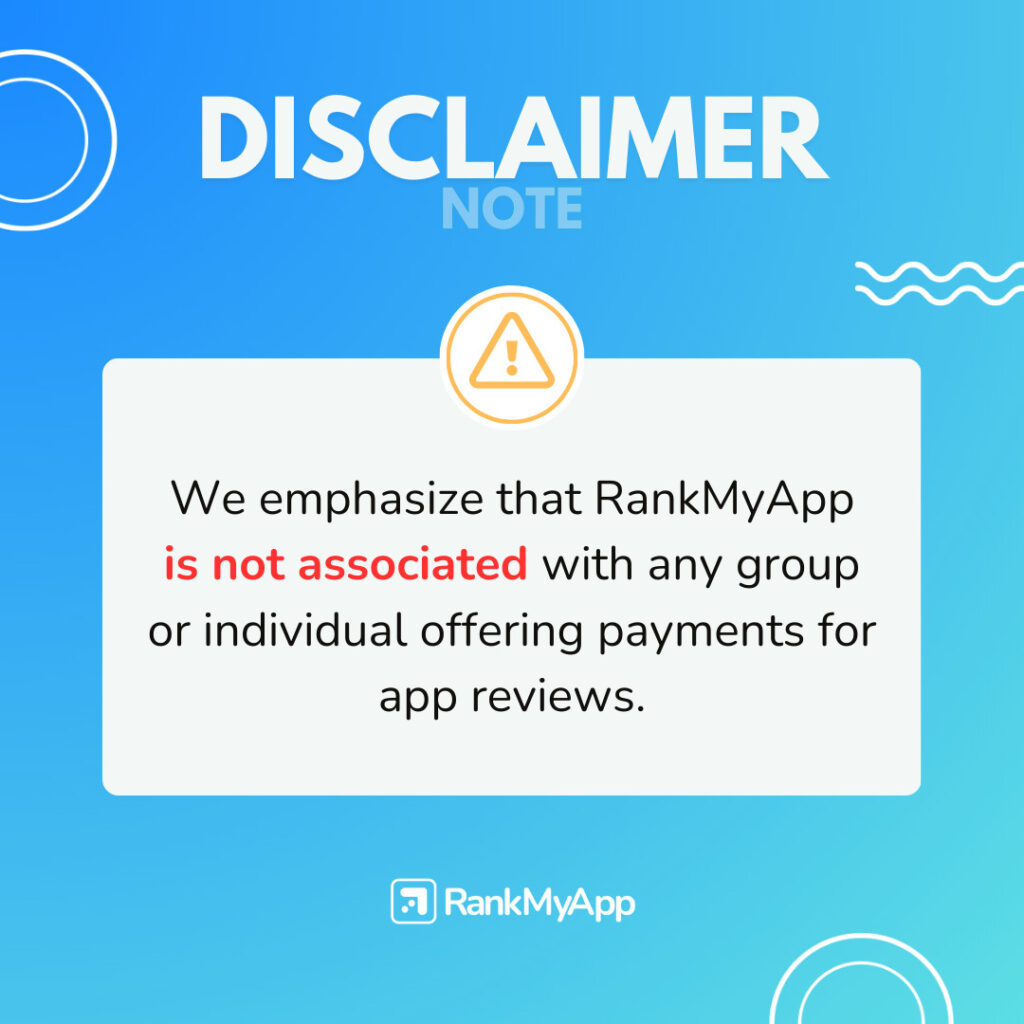Conversion rates and active user engagement are two of the most critical metrics for app success. Whether you’re focused on increasing in-app purchases, growing your subscription base, or simply improving user retention, understanding how to optimize both conversion rates and active user metrics is essential for driving sustainable growth.
In this article, we’ll explore the key factors that impact your app’s conversion rate, how to increase active user engagement, and actionable strategies to improve both metrics, ensuring your app not only attracts users but retains them.
What is conversion rate in apps?
In the context of mobile apps, conversion rate refers to the percentage of users who complete a desired action within the app. This could be anything from downloading the app and creating an account to making an in-app purchase or subscribing to a premium service.
The formula to calculate conversion rate is:
Conversion Rate = (Number of Conversions / Total Users) x 100
For example, if 1,000 users downloaded your app, but only 200 of them created an account, your conversion rate would be 20%.
The most common conversion rates to track are:
- Install to Sign-Up: The percentage of users who create an account after downloading the app.
- Install to Active User: The percentage of users who regularly interact with the app within a defined time period.
- Install to Purchase: The percentage of users who make a purchase after installing the app.
High conversion rates are essential because they indicate that your app is successfully engaging users and driving them to take actions that benefit your business.
Active users vs. conversion rate
While conversion rate measures the success of specific actions within your app, active users refer to the number of people who regularly interact with your app over a given period. Typically, app developers and marketers track two types of active users:
- Daily Active Users (DAU): The number of unique users who engage with your app on a daily basis.
- Monthly Active Users (MAU): The number of unique users who engage with your app on a monthly basis.
Both conversion rate and active users are essential metrics that give insights into your app’s performance. A high conversion rate indicates that your app is successful in driving user actions, while a healthy number of active users signals strong user retention.

Key factors that affect your conversion rate
Several factors can influence your app’s conversion rate, from the design and user experience (UX) to the relevance of your app in meeting user needs. Below are the key factors you should pay attention to when analyzing and improving your conversion rate:
1. Onboarding experience
The onboarding process is often the first impression users get of your app, so it’s crucial to make it smooth and straightforward. Complicated onboarding processes, long forms, or unclear instructions can cause users to drop off early.
How to improve it: Simplify the sign-up process by allowing users to sign in via social media or email, and provide clear instructions or tutorials to help them understand how to navigate your app quickly.
2. App performance
App performance plays a significant role in user retention. If your app is slow, prone to crashes, or consumes too much battery, users are more likely to abandon it.
How to improve it: Regularly test your app’s speed and stability across different devices and operating systems. Optimize images, reduce load times, and ensure that the app runs smoothly on both iOS and Android devices.
3. User Interface (UI) and User Experience (UX)
A well-designed app with an intuitive user interface encourages users to interact more frequently. On the other hand, a cluttered or confusing design can frustrate users and lead to higher abandonment rates.
How to improve it: Focus on providing a seamless and visually appealing experience. Use clean designs, clear calls-to-action (CTAs), and ensure that navigation is intuitive.
4. Personalization
Today’s users expect personalized experiences. Apps that tailor content, recommendations, and notifications based on user behavior tend to see higher engagement and conversion rates.
How to improve it: Use data analytics to understand user preferences and behavior. Implement personalized features, such as recommended content, customized push notifications, or dynamic home screens that adapt to each user’s needs.
5. Incentives and rewards
Offering incentives like discounts, rewards, or exclusive content can motivate users to engage more frequently with your app and complete specific actions, such as making a purchase or referring friends.
How to improve it: Create a rewards program or offer time-sensitive promotions that encourage users to take immediate action. Gamifying the user experience can also boost engagement.
Strategies to increase active users
Keeping users engaged and active within your app is just as important as driving conversions. Here are some strategies to help boost your DAU and MAU:
1. Push notifications
Push notifications are a powerful tool for keeping users engaged and reminding them to return to your app. However, it’s important to strike the right balance—too many notifications can lead to frustration and app uninstalls.
- Personalize notifications: Send relevant notifications based on user behavior, such as reminders for unfinished tasks, special offers, or updates on content they’ve interacted with.
- Optimize frequency: Experiment with the frequency of notifications to avoid overwhelming users while still keeping them engaged.
2. Regular updates and new features
Users are more likely to remain active in your app if you regularly release updates, new features, or content. Keeping your app fresh and exciting gives users a reason to return.
- Announce updates: Use push notifications, in-app messages, or emails to inform users about new features, updates, or exclusive content.
- Engage with your community: Actively engage with your user community through social media, in-app surveys, or email newsletters to gather feedback and keep users informed about what’s coming next.
3. Gamification
Gamification can be a highly effective way to keep users engaged with your app. By incorporating game-like elements such as rewards, points, or challenges, you can create a more interactive and enjoyable user experience.
- Incentivize activity: Offer rewards for completing certain actions within the app, such as making a purchase or reaching a specific milestone.
- Leaderboard or achievement systems: Incorporate leaderboards or achievement badges to motivate users to continue engaging with your app and achieve higher levels.
Balancing conversion rate optimization with strategies to increase active users is key to achieving long-term success for your app. By focusing on both metrics, you can drive more revenue while maintaining strong user engagement and retention.
At RankMyApp, we specialize in mobile app growth strategies, including optimizing conversion rates and boosting active user engagement. Contact us today to learn how we can help you take your app to the next level!





